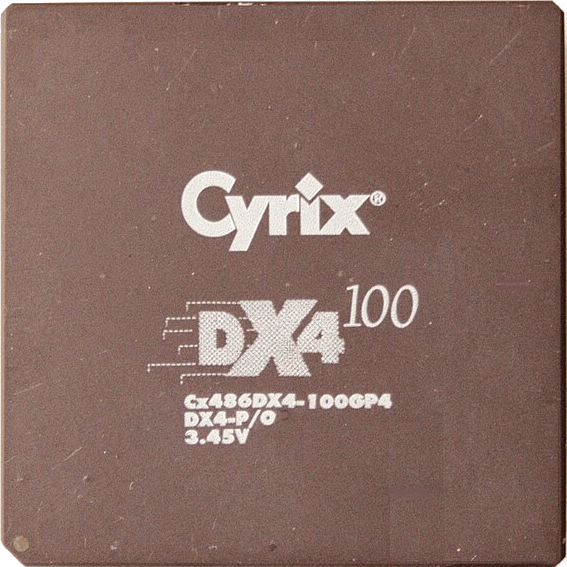I have an HP g3 mini and a Dell Optiplex flying around, both similarly specced. The HP has an i5 6500t and 16gb DDR4 RAM, the Dell has 8gb DDR3l, so nothing too different.
However, the Dell draws around 15W while idle, the HP one 5W.
The only difference I could think of (and that is in my power to change) is the PSU. The Dell has one of those SFF PSU for up to 180W while the HP has an external 65W power brick with a barrel jack.
So my question is: Does anyone have experience with one of those Pico PSUs? I guess they should be more efficient? I’m not planning to put anything power hungry into the optiplex.
The answer for your question is ‘no’.
You’re never going to reduce power usage substantially by swapping PSUs, because there’s just not enough efficiency gains to be had even if a Pico PSU was more efficient which they really aren’t.
You say the hardware is ‘nothing too different’ but you mention ddr4 vs 3, which makes me think the Dell is a generation or few older which could easily impact power draw by 10w.
Particularly in low-load scenarios there can be quite a big difference when it comes to PSU efficiency. While newer ATX PSUs have become better with regards to efficiency at low load, a Pico PSU can still be quite a bit better. Older ATX PSU often don’t even reach 60 % efficiency at 5 % load (which would be a typical load for such a system at idle), sometimes considerably less than that. At the same load a Pico PSU can easily be at 85 % efficiency.
Of course, at higher loads the difference is way smaller.True, but at that point 60% vs 85% on a load of say 10W is a difference of about 5W draw from the wall. If you live somewhere with high electricity rates it might be worth it, but otherwise at the usual $0.10/kwh that’s about $4 per year.
The other situation where it makes sense is off-grid setups, where wasted power is a big deal.
OP mentioned $0.40/kWh, so that would be about $17 per year with a 5 W difference.
That’s fair; I wasn’t really considering how poorly performing PSUs were at extremely low loads, despite knowing that they are.
Odd that a random brick would be substantially better than a same-era actual PSU, but I suppose it’s hard to say without more specifics.
Switching power supplies (“bricks”) are generally more efficient than linear power supplies because they lose less energy as heat. that’s were the difference comes from. (Of course they have drawbacks as well, like increased noise)
They both have (almost) the same CPU, just once in the T variant.
The T variant is the low-power, lower clocked (3.2ghz vs 2.5ghz) almost half the TDP (65w vs 35w) variant; kinda the whole point is it’s going to use less power.
The T variant is for thermally constrained systems. May not use less power, for example if a non-T completes a task faster and goes to idle
Yes, but ⅓ of the power? That’s seems like a lot.
A PSU will be most efficient if the load is close to what it’s designed for. A PicoPSU doesn’t have as many components as say a full ATX PSU and they are all sized for tiny loads.
I have used Pico PSUs on several occasions, more so due to their size than their effeciency. So I don’t think I’d swap a normal PSU out for one. With the difference of just 10 watts you’d probably have to run it 24/7 for years to break even in the cost of purchase.
It’s likely that your Dell’s processor simply have higher TDP than your HP’s i5-6500t. If that’s the case, swapping power supply won’t alter the power draw at all. You might be able to reduce power consumption by forcing the CPU to use slower clock though, but that depends on the CPU model. What’s the CPU model used in the Dell?
Both are 6500, but one in the t variant.
The T variant have lower clock (3.1ghz) and 35W TDP (almost half the TDP of the original variant, 65W at 3.6ghz). The T variant simply sip less electricity.
I wonder if you can use less power if you limit CPU clock on the Dell to 3ghz or less, but not sure if it’s possible because the base frequency is 3.2ghz for the Dell. Maybe people that know more about downclocking can comment.
That’s why, the T variant is for laptops and the power usage is much lower. The motherboard and supporting hardware tend to be lower power too.
10w is ± 87kwh/year. Depending on your electricity cost, it would take 1 to 5 years to gain anything from switching to a picopsu, that’s it if you even manage to gain 10w, which is not a certainty.
If you really care about those 10w watts, selling the optiplex and getting a second G3 would be a better option I think.
At current power costs in Germany (~0.3€/kWh) that 10W becomes 26€ per year. If you are still on a contract from a few months ago (~0.4€/kWh), you’ll be paying ~35€ per year. Over a span of around 3 to 5 years of continued use, the cheap Aliexpress knockoffs definitely become reasonable at that price point. You’d still need a proper 230V to 12V PSU though, which costs <20€. I first tried one of the industrial ones with metal cage, but they have horrible efficiency especially at low loads. I would always suggest getting a consumer PSU with ErP rating and other certifications. Adding all the cost up, a good regular ATX PSU with 80PLUS certification might be competitive to such a combo too.
I am not too sure this problem is entirely about the PSU though. Maybe the mainboard is simply designed very cheaply and inefficiently. There’s no way of testing a new PSU combo without trying it though.
On a slightly tangent topic: These PicoPSUs can make a significant difference if you plan to run directly off 12 V with no external 240V power brick. Like in a solar powered setup. However there are two different types, those that only operate on a narrow band around 12V and the “automotive grade” ones that are probably more resilient again power surges during battery-charging etc.
Hello there,
I have a pico psu (not the offical one), but I don’t think they’re more efficient. More compact and optimized for space (hello sff pc) ? Yes ! Because your power brick is outside your system.
What do you really need ?
That is a 3 fold difference though!
Exactly. And if it’s running 24/7, that’s gonna cost me.
I don’t even wanna know what my energy bill is going to be because this summer has been brutal.
I don’t have AC, but here in Germany, 40c/kWh aren’t unusual.
I’m currently paying 45€/month for my single person household.







